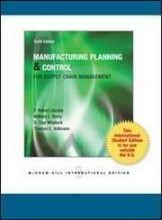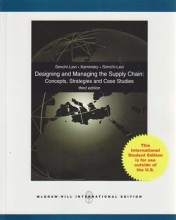Industrial buying behaviour: decision - making in purchasing - Purchasing process management
4 important questions on Industrial buying behaviour: decision - making in purchasing - Purchasing process management
Describe the differences between tactical and operational purchasing function
Operational purchasing function: all activities aimed at realising flawless delivery of purchased goods and services including payment of suppliers.
Which three types of purchasing situations are distinguished?
- The new-task situation: situation when the organization decides to buy a completely new product, supplied by an unknown supplier.
- The modified rebuy: relates to a situation when the organization whatns to purchase a new product from a known supplier, or an existing product from a new supplier
- The straight rebuy: relates to the acquisition of a known product from a known supplier (identical to routine buy)
What are the major weaknesses of the linear purchasing model?
- does not reflect the make versus buy option;
- few purchasing projects start from a greenfield situation: in most cases, the company has experience with buying certain materials and services. It has a track record in relationships with suppliers, which information can be used in new purchasing projects.
- Higher grades + faster learning
- Never study anything twice
- 100% sure, 100% understanding
Which three different key processes identifies the extended purchasing process model?
- Source: which includes spend and demand analaysis, supply market analysis, sourcing strategy development, tendering and supplier selection, and contracting and implementation;
- Purchase: which includes the search for a specific product or service in a product catalogue, preparing the purchase order requisition and seeking approval from the budget holder, preparing the purchase order and submitting it to the supplier, following up on the purchase order to secure on - time supply;
- Pay: receiving and checking the invoice and paying the amount due to the supplier, respecting the payment terms.
The question on the page originate from the summary of the following study material:
- A unique study and practice tool
- Never study anything twice again
- Get the grades you hope for
- 100% sure, 100% understanding
































